
Anyone who raises a pet wants to keep it healthy, but since cats and dogs don’t verbally complain about any medical problem, there are cases where we may be late heading for the vet or even miss an urgent problem altogether. Since you can’t really go for a veterinary check-up once a week, it's important that you familiarize yourself with the simple checks in this article.

Checking food and water - There are days when we are less hungry for no particular reason, but in dogs, any change in eating and drinking habits may indicate a medical problem. If you check your dog's food and water daily, you can identify whether your dog is drinking and eating more than usual, is displaying food pickiness or has decreased or completely stopped its food and water intake. In each of these cases, it is important to go to the vet as soon as possible. Many may miss the beginning of a change in their dog's diet habits and get to the veterinarian late, which can lead to longer treatment of the problem. Even if you can’t get to the vet right away, you should consult with them by phone.
Eye examination - Look at your dog's eyes daily and look for changes. Healthy eyes are bright and clear of secretions. Signs of redness or discharge are often a sign of inflammation or infection, which can be aggravated if not detected in time. At the same time, look at the area of the eyelids and eyelashes: the area of the eyelashes should also be clean from discharge, and the area of the eyelids should be free of lumps. Some dogs may have cysts in the eyelid area, which requires examination and sometimes removal.
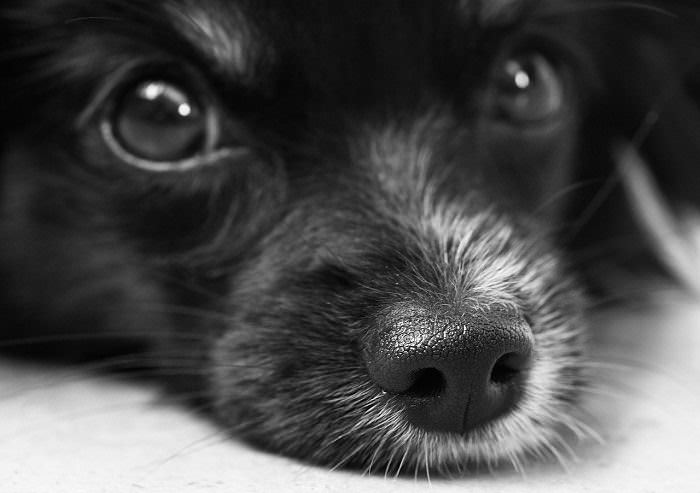
Examination of the nose – A dog's nose should also be clean of discharge. If the dog suffers a sneezing attack, a foreign body may have penetrated it, so that in the case of a sneeze that does not pass, it is important to bring it to the veterinarian as soon as possible.
End of walk check - Once every few days, perform a thorough examination of your dog's feet at the end of your walk. Lift each leg and look for any cuts, bumps, and lumps. If you change your walking route, the new route may include surfaces that could injure your dog, and it is best to spot it in time. In addition, on hot days some dogs may suffer from burns due to walking on hot pavement. This is something that is very important to note in time so you know whether you have to change your walking route to prevent unnecessary suffering.
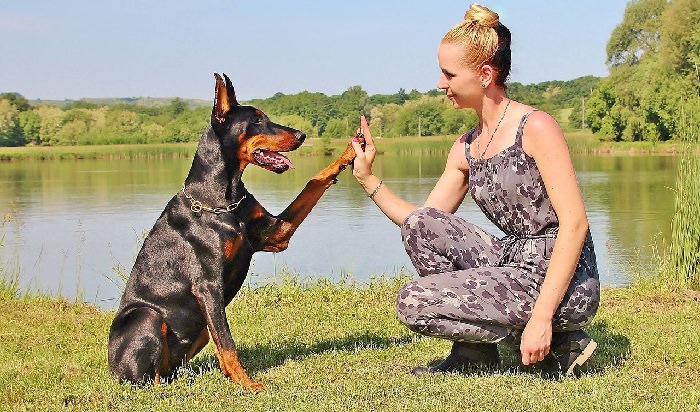
Check their weight - Ensure proper feeding of the dog according to the recommendations of the veterinarian and the food manufacturer. Many dogs don’t know when to stop eating, which can lead to a significant increase in weight and medical problems. If you have a small dog, be sure to weigh it at home once a month, and if it is a large dog weigh it at every visit to the vet.
Ear examination - The ears of a healthy dog should be clean, odorless, and free of discharge of any kind. Look carefully at your dog's ears checking for redness, swelling, and signs of bleeding or yellow discharge. All these may indicate infection or penetration of a foreign body, which can certainly lead to the spread of the infection to other areas of the body, and in severe cases even hearing loss. Dogs may indicate that they suffer from a problem in the ears by scratching their ears, shaking their heads, and in some cases with rapid eye movements to the right and left.
Comprehensive physical examination - Be sure to perform a thorough examination of all your dog’s body parts once every few weeks. This test should include looking for new unexplained wounds or cuts, similar to the foot test mentioned in the previous section.

Their coat’s appearance - By carefully combing and brushing your dog's fur you can closely examine its skin, locate fleas that may be hiding in the fur and discover wounds or changes in the appearance of the skin that otherwise can be easily missed.
Examination of females and males who have not been spayed or neutered - Avoiding spaying or neutering your dog may lead to a variety of medical problems and unwanted pregnancies. In non-spayed females, it is important to make sure there is no milk accumulation on the nipples that may suggest pregnancy, and in males, it is important to look for wounds or swelling in the scrotum.

Examination of teeth and gums - Like us, dogs also suffer from inflammation and pain in the mouth and gums, and we usually detect the problem with considerable delay. Neglecting your dog's teeth can cause a variety of problems that make it difficult for them to eat and can lead to tooth loss. To detect dental or gum problems, lift the dog's upper lip (with a clean glove or hands) and check the color of the teeth and gums. Just like us, dogs may also have bleeding in the gums or yellow teeth, and if you recognize any of these signs or experience an unpleasant smell, visit your veterinarian to address the problem.
Checking their Vaccines – Make sure your dog is up to date on all their vaccines. You can ask your vet to remind you when your pet is due for each one.
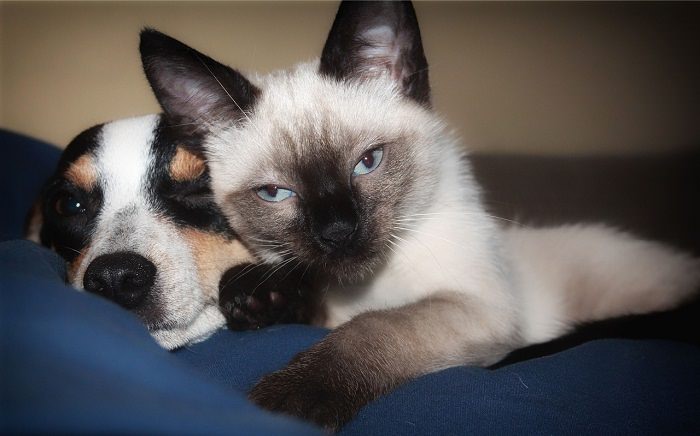
Check food and water - Check your cat's food and water bowls every day because cats may refuse to eat or drink for many reasons, such as changes in food type or quality of drinking water, switching bowls, or anger at a new animal being brought home. If you see your cat eating or drinking less than usual, ask yourself if you’ve changed anything recently and see if that change can be reverted. If you have an older cat who’s drinking more than usual, contact their veterinarian soon as this may be a sign of diabetes. In cases where your cat completely refuses to drink and looks weaker than usual for more than 12 hours, contact your veterinarian as soon as possible.

Vomit checks - Every cat owner occasionally discovers vomit around the house upon their return home. Most cats vomit, some do so frequently and others rarely. The most common cause of vomiting is not a disease or a medical problem, but simply cleaning the body of hairballs that the cat swallows while grooming itself. Therefore, not all vomiting requires a visit to the vet, but in order not to miss vomiting that is the result of a medical problem, it is important to check the vomit every time. Although this is not a particularly pleasant examination, the following issues should be examined:
Some cats vomit because of worms, others because of kidney problems. Contact your veterinarian to get a worm or a blood test that can detect renal inflammation.

Litterbox check - Since we don’t take our cats out on walks, we may miss symptoms of health problems such as diarrhea buried in their litterbox. So when cleaning out the litterbox, which should be done frequently, check whether your cats’ excrements are normal - if you detect diarrhea lasting more than two days, visit your veterinarian. At the same time, contact your veterinarian even if you see that the box is dry or if you detect signs of blood. This may be a sign of a blocked urinary tract.
Check your cat’s nose and eyes - Be sure to look at the eyes and area of your cat's nose while playing together. The cat's nose should be dry and free of secretions and the eyes should be clear and shiny. If the cat appears to have a runny nose or sneezing, or if its eyes are red or watery, it may be a sign of a respiratory problem. In this case, it is, of course, important to contact your veterinarian as soon as possible.
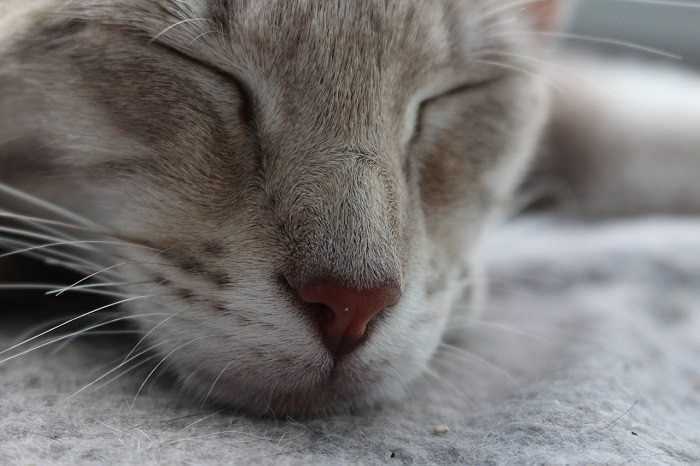
Check the cleanliness of your cat’s fur - Cats are well-groomed animals, and they clean themselves for much of the day. If you notice a change in the condition of their fur, if it is sticky to the touch or you notice that your cat is spending less time cleaning it, it may be suffering from a particular disease. In contrast, if your cat is over-grooming itself, there is a chance that it has a skin disease. Check your cat's coat at least once every two weeks, and if you notice a change in the general behavior of your cat, contact your doctor.
Check for Fleas - In addition to checking the texture of the fur, brush it with your fingers or a brush to detect fleas - many cats suffer from this nuisance throughout the summer months, and some fleas even come to visit in winter. Purchase a flea ointment, and place it on your cat’s back once every two or three weeks during the summer and when necessary during the winter.
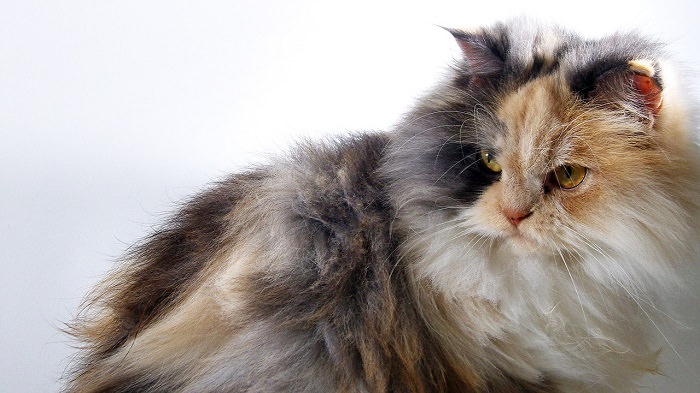
Comprehensive physical examination - Be sure to perform a thorough examination of all areas of your cat's body once every few weeks, which will include searching for bald spots, sores or cuts. Cats scratch themselves in the case of fleas or infections, so the presence of multiple bleeding wounds or scabs is a prominent clue to the problem that needs to be treated.
Examination of females and males who have not been spayed or neutered - Refraining from spaying and neutering your cat may lead to a variety of medical problems and unwanted pregnancies. In non-sterilized females, it is important to make sure there is no milk accumulation in the nipples that may suggest pregnancy, and in males, it is important to look for wounds or swelling in the scrotum.
Checking teeth and gums - Cats can develop gum disease at a young age, and lack of treatment leads to severe pain while eating. Since many cats do not allow easy contact with their mouths, you can usually check their gums only with the veterinarian. However, since bad breath is also an obvious sign of gingivitis, you may want to take notice of a change in the smell of your cat's breath.
Checking their vaccines- Make sure your cat is up to date on all their vaccines. You can ask your vet to remind you when your pet is due for each one.